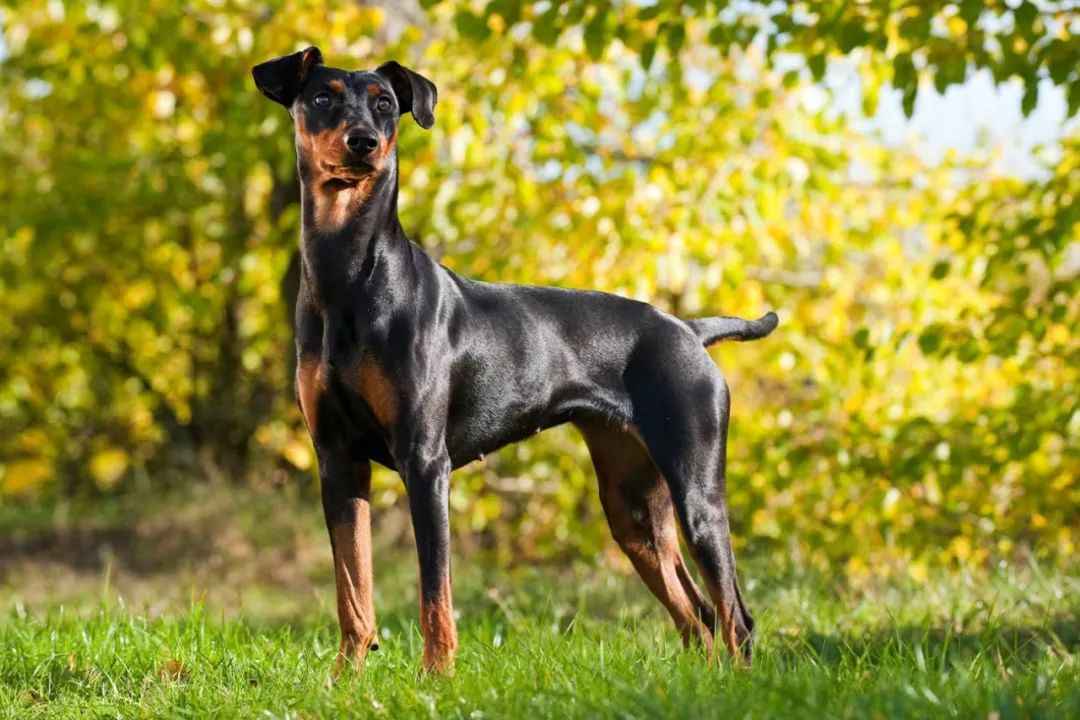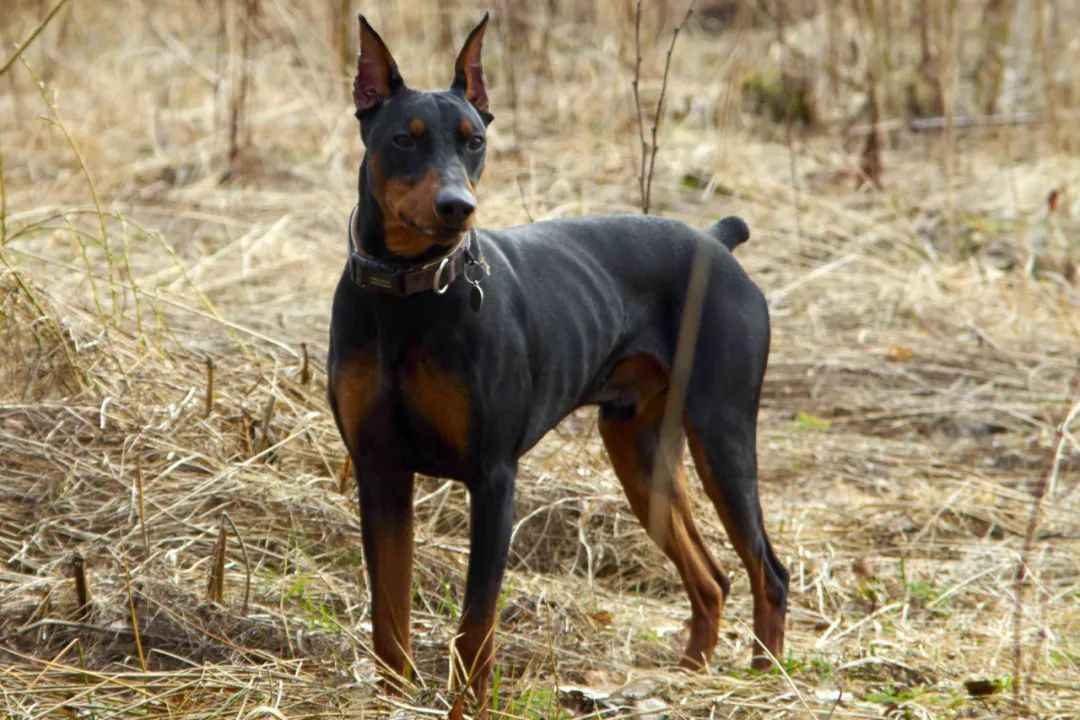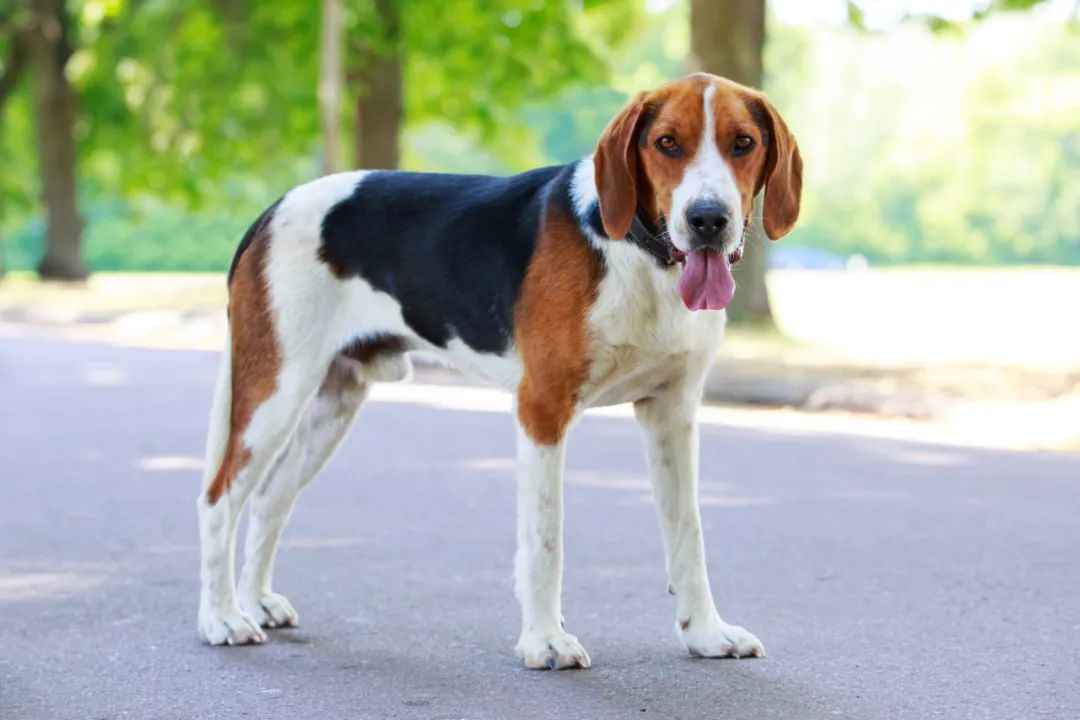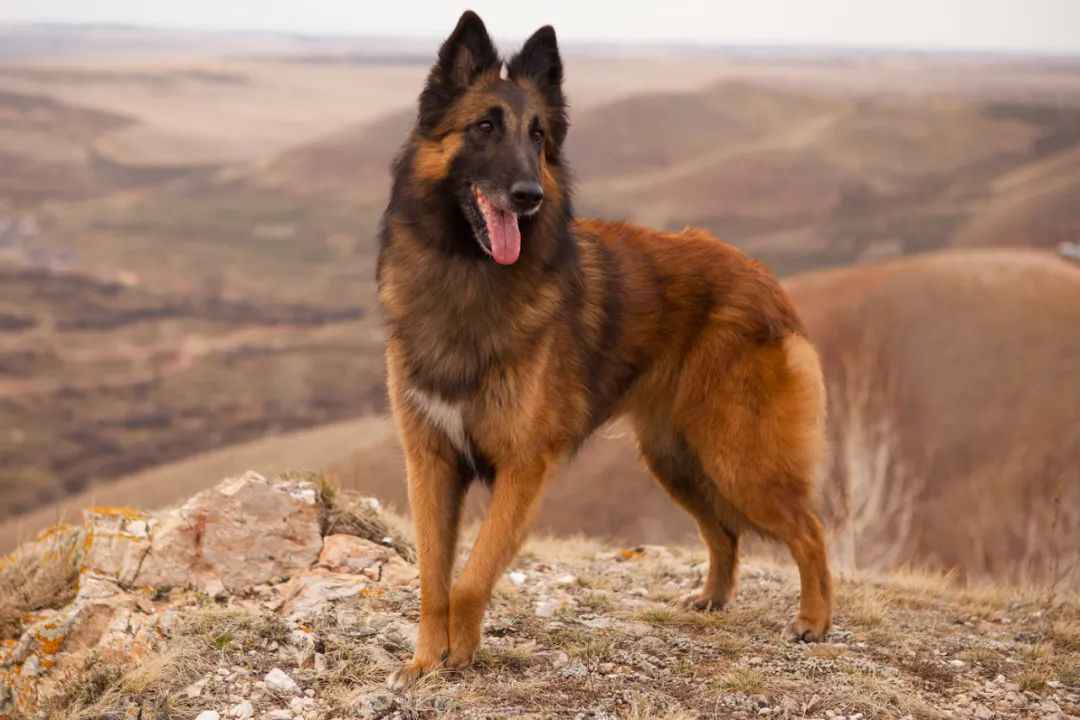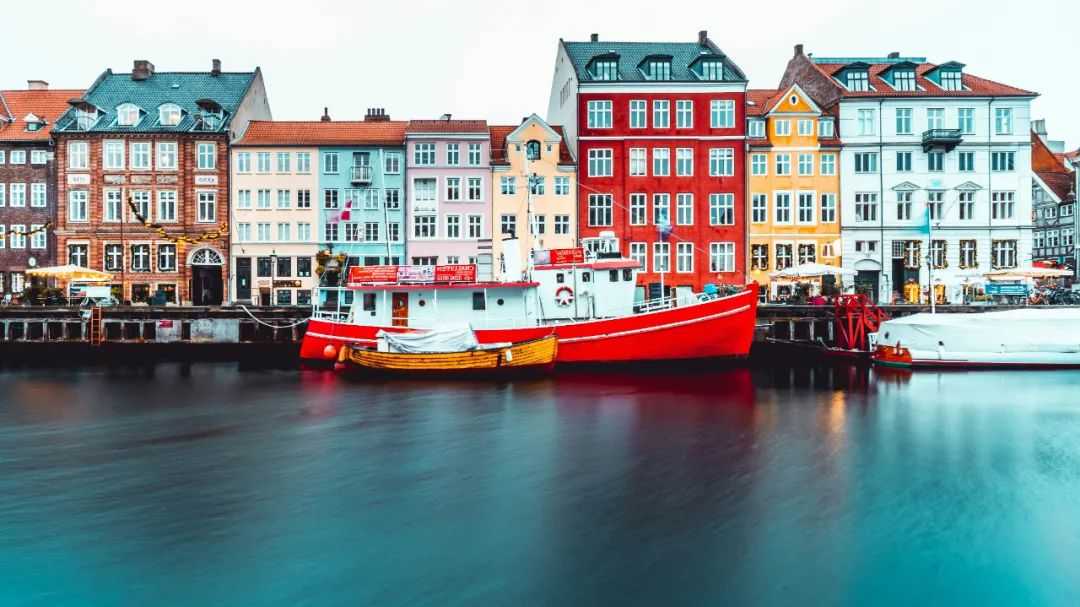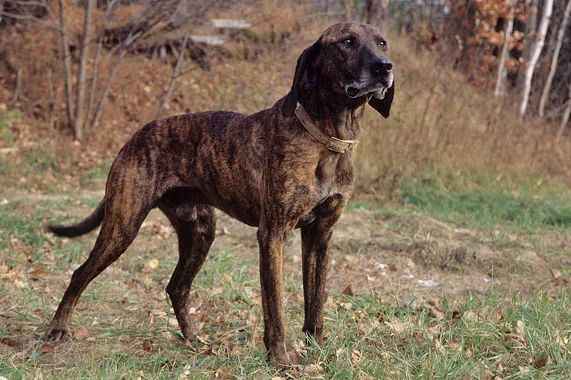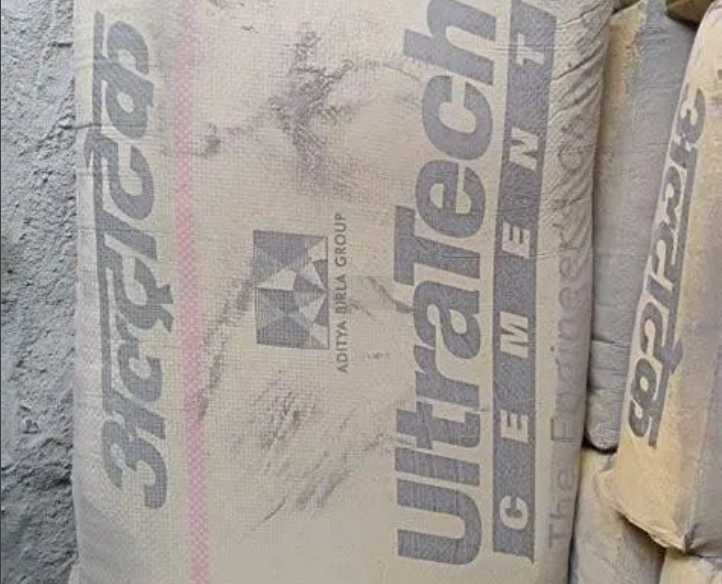The breed traces its origins to the Rat Pinscher, an extinct German breed, and shares ancestry with the Miniature Pinscher and Doberman Pinscher1. Revered for its agility and fearlessness, the German Pinscher nearly faced extinction post-World War II but was revived by dedicated breeders like Werner Jung in the 1950s1. Today, it stands as a symbol of resilience, balancing its historical roles with modern adaptability.
Standing 17–20 inches tall and weighing 25–45 pounds, the German Pinscher boasts a lean, muscular build with a short, dense coat in colors like black, blue, fawn, and red, often accented by tan markings15. Its square-proportioned body, alert almond-shaped eyes, and erect ears (either natural or cropped) exude a sharp, vigilant expression1. A traditionally docked tail adds to its athletic silhouette, though undocked tails are increasingly common and carried in a sabre-like curve1.
Source: Images from the Internet, if there is any infringement, please contact the removal of
Known for its loyalty and high energy, the German Pinscher thrives on mental and physical stimulation. It forms deep bonds with families, displaying affectionate yet independent traits17. Early socialization is crucial to channel its natural alertness into reliable watchdog instincts without aggression. Positive reinforcement training methods work best, as this breed’s intelligence and eagerness to please make it excel in obedience, agility, and even competitive dog sports710.
With a lifespan of 12–14 years, the German Pinscher is generally robust but prone to hip dysplasia, corneal dystrophy, and von Willebrand disease378. Regular veterinary check-ups, a balanced diet rich in protein, and daily exercise—including brisk walks and interactive play—are essential for maintaining its health710. Grooming involves weekly brushing to keep its coat glossy, along with routine dental and nail care710.
While still relatively rare, the German Pinscher’s adaptability shines in urban and rural settings alike. Its moderate size suits apartment living, provided it receives ample exercise and mental engagement37. Whether as a farm guardian, a sport competitor, or a devoted family pet, this breed continues to embody the spirit of its working heritage while offering unwavering loyalty to its human counterparts.
In essence, the German Pinscher is a breed that bridges history and modernity, proving that true versatility and companionship stand the test of time.
